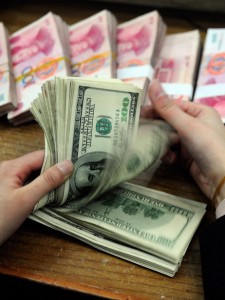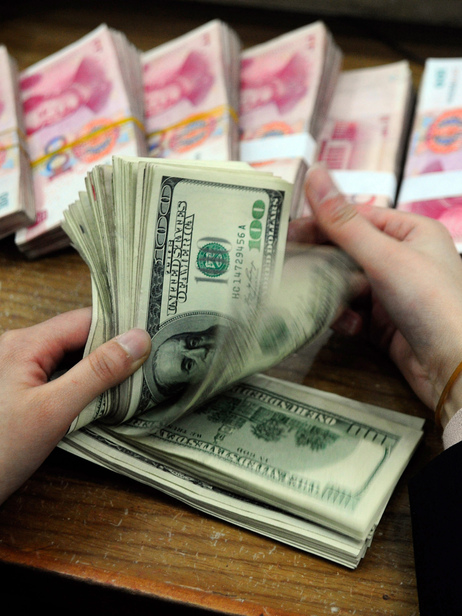
(AFP Photo)
By Ismaa Nabil
Foreign debt has increased $5bn year on year from $33.4bn to $38.4bn by the end of Q3 2013/2014, while year on year increases of debt as a percentage of GDP increased from 13.1% to 14.7% during this time.
Short term debt represents 17.7% of Egypt’s total foreign debt, increasing 6% year on year to represent 8.9% of the country’s foreign debt for Q3 of the current fiscal year.
Increases in short term foreign debt are largely the result of recent deposits received by Egypt from various Arab countries, most notably Qatar, Saudi Arabia and Libya. Such deposits place a burden on foreign debt rates despite their role in helping to jumpstart the economy and increase the country’s foreign currency reserves.
Fakhri al-Faqi, economics professor and former official within the International Monetary Fund (IMF), stated that recent aid received by Egypt has helped to increase the country’s foreign debt rates, especially when one considers interest rates set to be placed on Egyptian exports making their way onto the international market.
He added that increases in foreign debt rates are normal during times of crisis, and come as the result of decreases seen in both GDP and the production of locally made goods. This negatively affects a country’s self-sufficiency ratio, prompting it to take out debt in order to meet its needs.
Al-Faqi expected foreign debt rates to continue to climb until both economic and political turmoil subside.
Translated from Al Borsa newspaper




